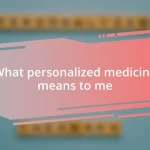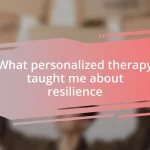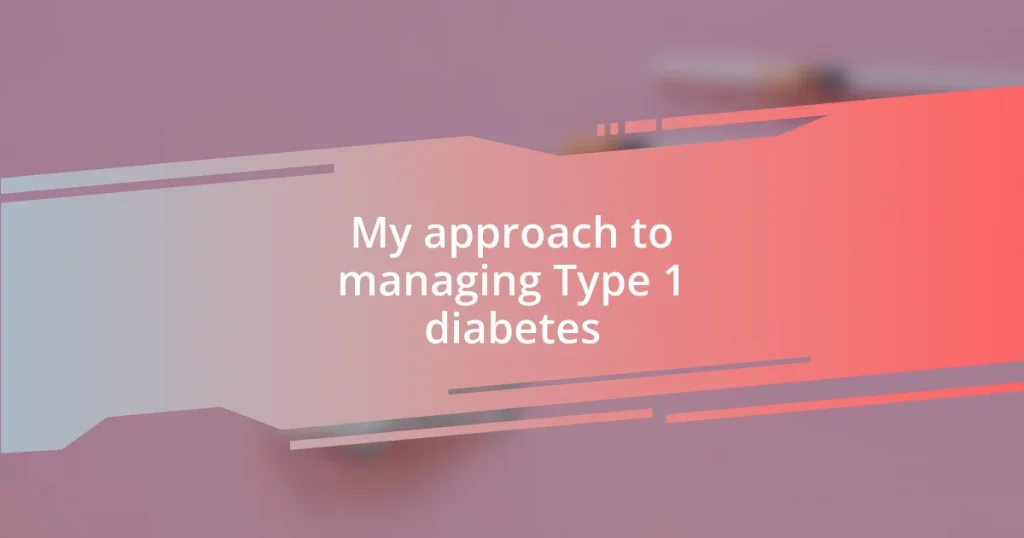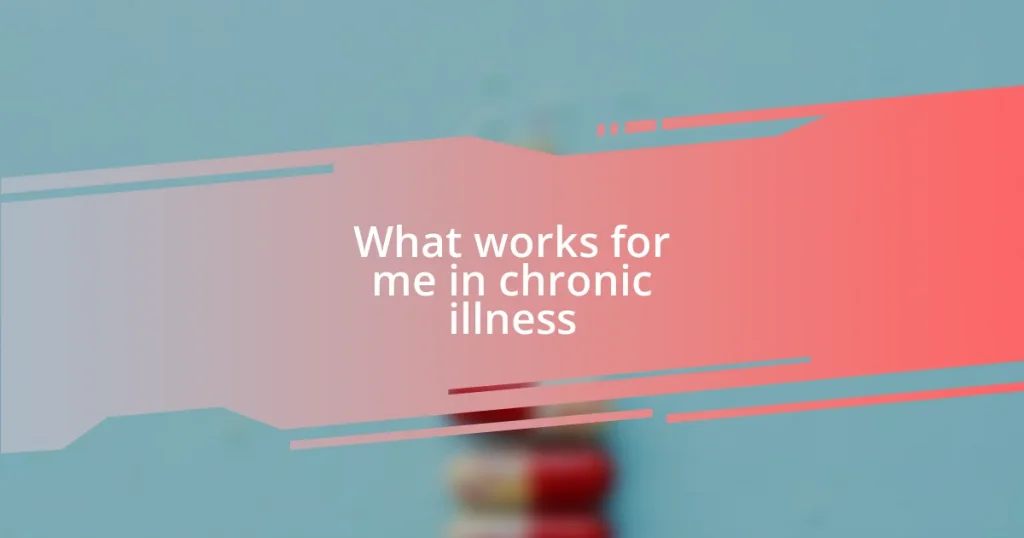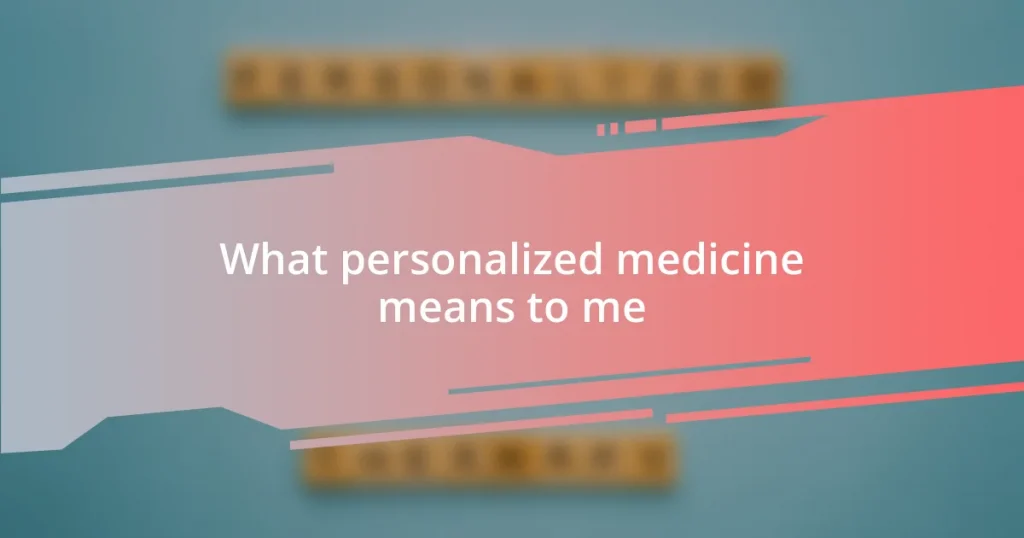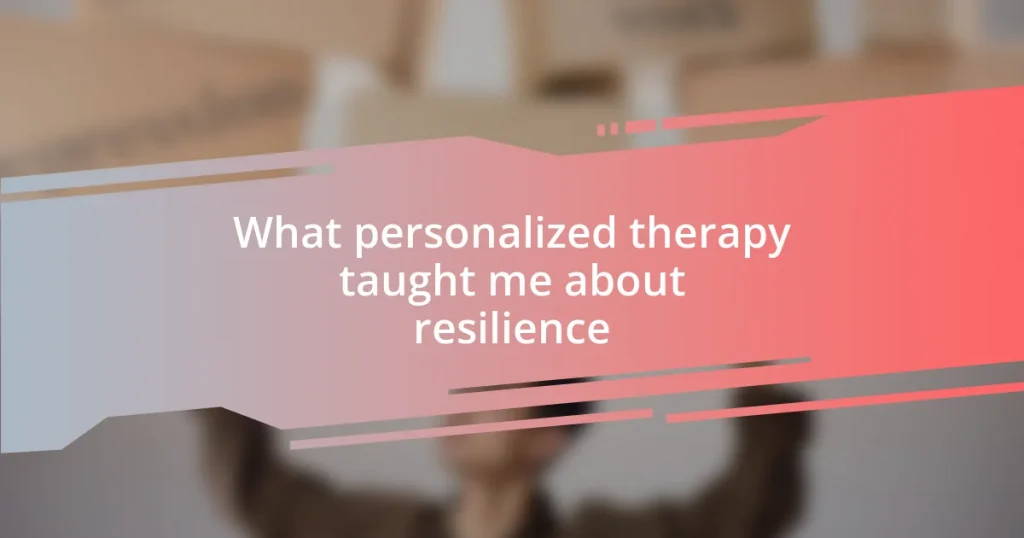Key takeaways:
- Type 1 diabetes is an autoimmune condition that requires ongoing management through blood sugar monitoring, insulin dosing, and lifestyle adjustments.
- Building a support network and connecting with others who understand the journey can significantly improve emotional well-being and provide valuable insights.
- Incorporating regular physical activity, mindful nutrition, and education enhances both physical and mental health, helping in the overall management of the condition.
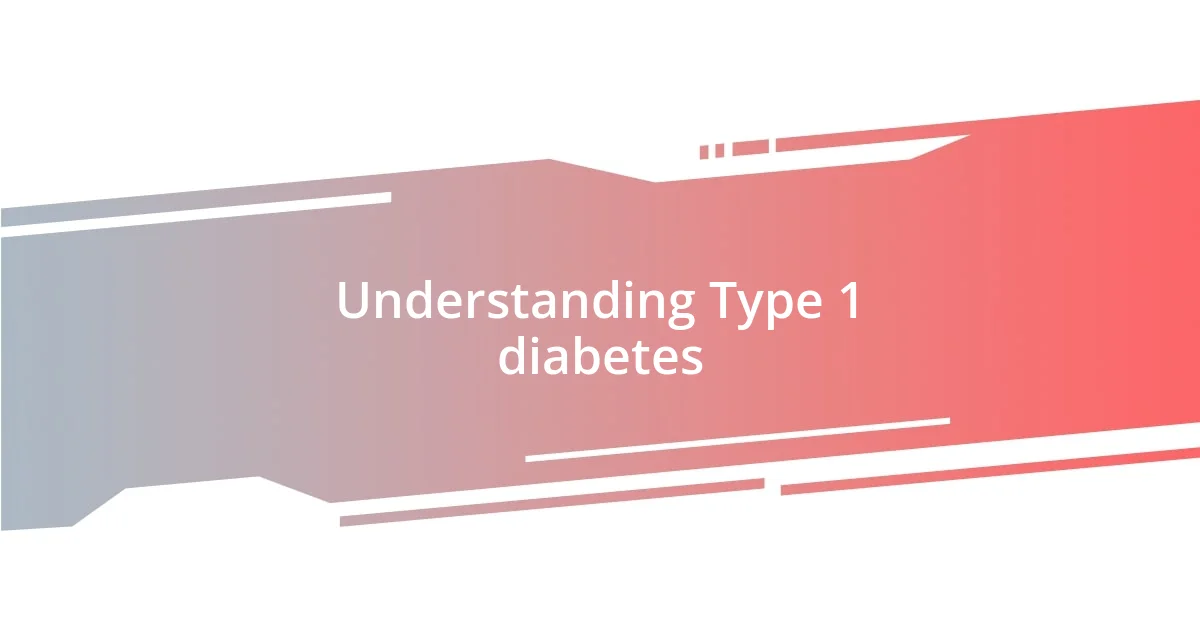
Understanding Type 1 diabetes
Type 1 diabetes is an autoimmune condition where the body’s immune system mistakenly attacks the insulin-producing beta cells in the pancreas. I remember when I was first diagnosed; it was a whirlwind of confusion and emotions. It felt surreal to realize that managing my day-to-day life would now involve constant blood sugar monitoring and insulin injections, and I often wondered how I would navigate this new reality.
What’s fascinating—and often overlooked—is how Type 1 diabetes can affect not just our physical health but our emotional well-being too. At times, I’ve experienced feelings of isolation and frustration because it seems like everyone else can enjoy spontaneous meals or snacks without a second thought. Have you ever felt that yearning for normalcy?
One of the most important aspects of understanding this condition is recognizing that it’s not caused by lifestyle choices or diet; it’s a complex interplay of genetics and environmental factors. I often find myself reflecting on my journey, connecting with others who share similar stories, and it reinforces the idea that we’re in this together. It’s a journey filled with ups and downs, and understanding it deeply helps in managing it more effectively.

Key Goals in Management
The key goals in managing Type 1 diabetes revolve around achieving stable blood glucose levels and preventing complications. From my experience, maintaining a blood sugar target that aligns with your healthcare provider’s recommendations is crucial. It can be daunting at times; I recall a particularly challenging week when my glucose levels seemed to swing wildly. I learned that keeping a daily log of my readings and food intake not only helped me identify patterns but also empowered me to take charge of my management.
Another essential goal is to incorporate physical activity into your routine. I remember when I first started exercising regularly. Initially, I was anxious about how it would affect my blood sugar levels. To my surprise, not only did my physical health improve, but I found my mental health benefitted significantly as well. Finding the right balance between insulin, food intake, and exercise is where the magic happens.
Lastly, never underestimate the power of education and support. Connecting with a community—whether it’s through online forums or local meetup groups—can provide invaluable insights. I’ve gained so much from others’ experiences. Sharing tips, challenges, and triumphs makes the journey feel less lonely, reminding me that we’re all working towards similar goals.
| Goals | Importance |
|---|---|
| Stable Blood Glucose Levels | Reduces risk of complications and promotes overall well-being |
| Regular Physical Activity | Enhances physical health and aids in emotional stability |
| Education and Support | Encourages shared experiences and knowledge for better management |
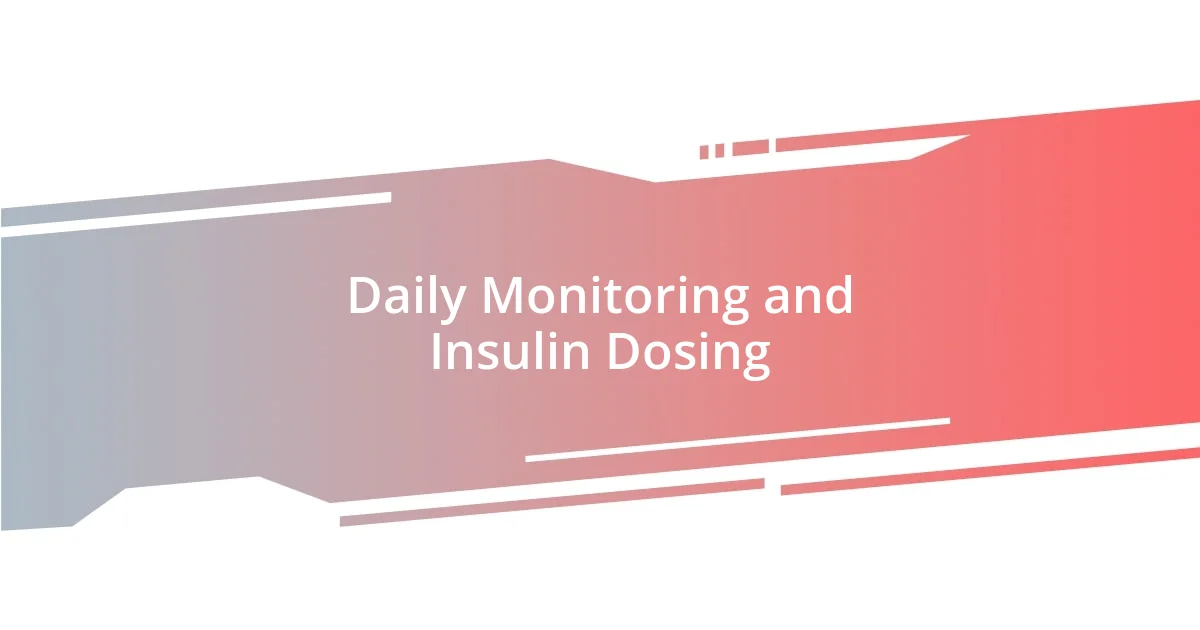
Daily Monitoring and Insulin Dosing
Daily monitoring and insuline dosing play a crucial role in managing Type 1 diabetes effectively. I can’t stress enough how integral it has been for me to regularly check my blood sugar levels. I remember one evening when I felt unusually lethargic. After checking my glucose, I discovered it had dipped far too low. That moment drove home the importance of being in tune with my body and how profound the impact of timely insulin dosing can be.
Here’s how I approach my daily monitoring and insulin regimen:
- Frequent Blood Sugar Checks: I typically check my levels six to eight times a day, especially before meals and bedtime.
- Using Continuous Glucose Monitors (CGMs): These devices have become my best friends, offering real-time data to help me make informed decisions.
- Adjusting Insulin Doses: Depending on my meals and activity levels, I often find myself adjusting the dosage. It’s all about finding that sweet spot.
- Recording Everything: I jot down my readings, along with food intake and physical activity. It certainly helps me see patterns that I can discuss with my healthcare team.
- Listening to My Body: Beyond the numbers, I’ve learned to trust my instincts. If I feel off, I don’t hesitate to check in on my blood sugar, because sometimes the numbers can tell a story that my body might be trying to express.
By keeping a close eye on these aspects, I’ve managed to find a delicate balance that enhances my quality of life. Each reading serves not just as a statistic; it’s a piece of a puzzle that, when put together, allows me to navigate my day with confidence.
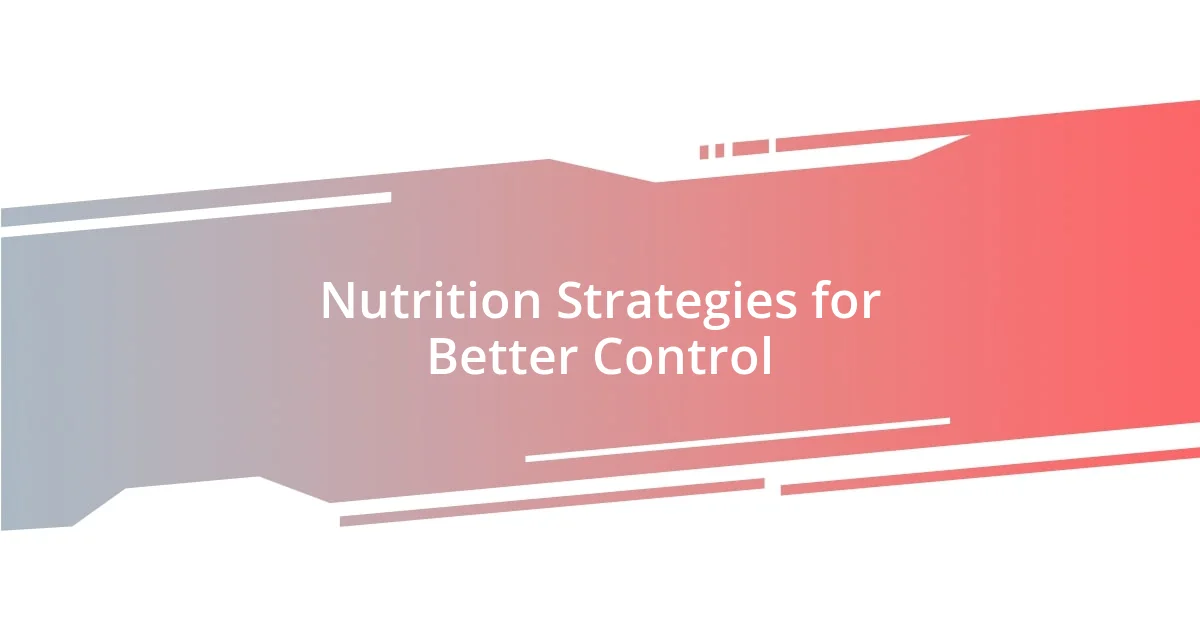
Nutrition Strategies for Better Control
When it comes to nutrition strategies, I’ve discovered that keeping a simple, consistent routine makes a world of difference. For me, meal prepping has been a game changer. I vividly recall the first time I prepped a week’s worth of meals—seeing everything neatly stored in the fridge gave me a sense of calm. Knowing I have balanced meals ready to go takes the spontaneity out of eating and dramatically reduces the chances of my blood sugar spiking unexpectedly.
Carbohydrate counting has also become a regular part of my daily life. It took time to master, but understanding how different carbs affect my blood sugar levels has empowered me. I can still remember the first time I indulged in pizza, carefully calculating everything to maintain control. It felt like a little victory when I managed my levels well without sacrificing joy around food. Have you tried keeping a food diary? I found that writing down what I eat, including the emotional state behind my choices, helps me stay accountable and reflective.
Incorporating more fiber-rich foods into my diet has also made a tangible difference. I often opt for whole grains, fruits, and vegetables, which not only help stabilize my blood sugar but also make me feel fuller. There’s something so satisfying about reaching for a hearty salad or a bowl of oatmeal instead of processed snacks. It’s all about creating habits that blend nourishment with enjoyment. How do your food choices make you feel? For me, the right nutrition isn’t just about numbers; it’s about nurturing my body and spirit.
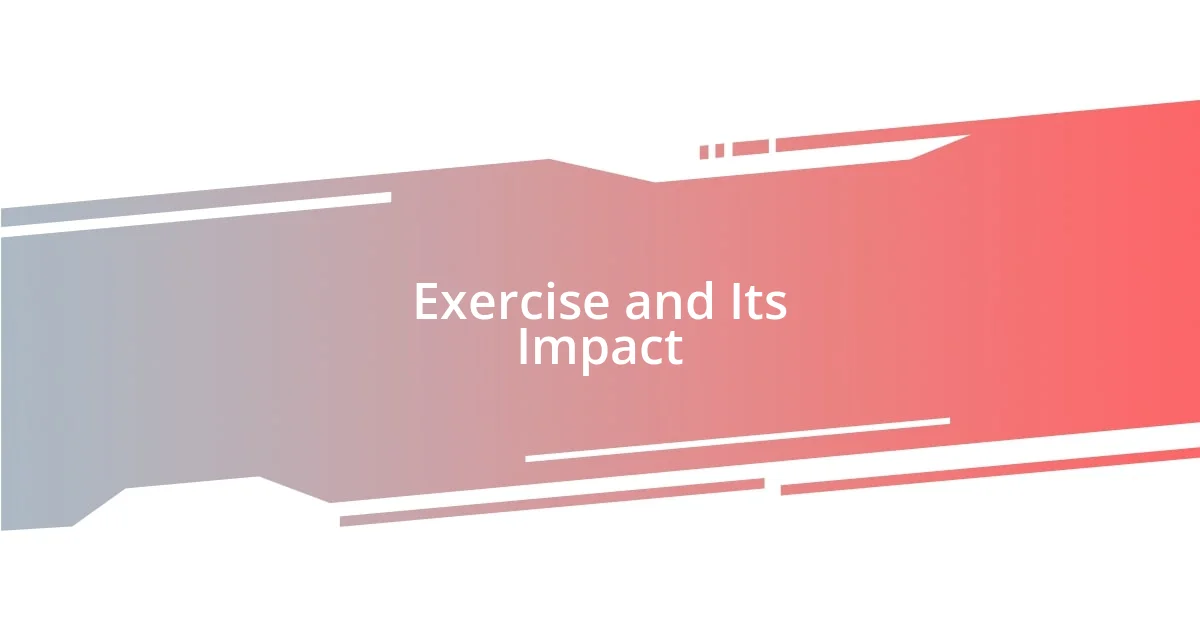
Exercise and Its Impact
Exercise has been a transformative part of my Type 1 diabetes management. I remember the first time I went for a jog after a long break; the rush of endorphins and the clarity it brought to my mind were incredible. That experience opened my eyes to the immediate positive effects of physical activity on both my mood and my blood sugar.
I’ve found that different types of exercise can have varying impacts on my glucose levels. For example, high-intensity workouts tend to cause my blood sugar to drop, sometimes unexpectedly. On one occasion, after an intense cycling session, I had to quickly manage a low that hit me like a freight train. It reminded me of the importance of monitoring levels before, during, and after exercise. I’ve learned to carry snacks that are quick sources of energy during workouts, which feels reassuring.
Regular movement has also helped me build resilience against insulin resistance, particularly when stress creeps in. I still cherish those weekend hikes with friends; they not only keep me active but also remind me how enjoyable exercise can be. Have you considered how exercise fits into your daily routine? For me, it’s not just an obligation but a chance to connect with my body, enhance my well-being, and take charge of the diabetes journey.
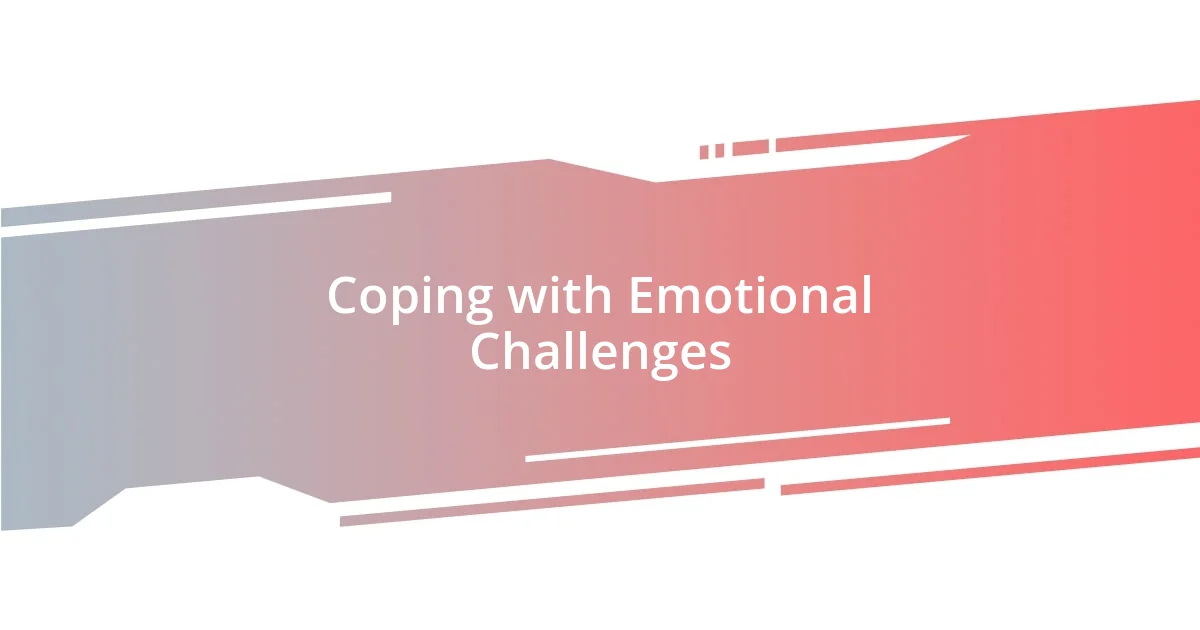
Coping with Emotional Challenges
Coping with the emotional challenges of managing Type 1 diabetes can feel overwhelming at times. I remember one particularly tough week when stress from work led to a spike in my blood sugar and an unexpected wave of anxiety. I had to remind myself that it’s okay to feel this way; acknowledging my emotions has often been the first step towards finding balance again.
Another strategy I use is connecting with others who understand my journey. I started attending local support groups, and honestly, sharing my experiences with fellow diabetics opened a floodgate of understanding. There’s something comforting about hearing someone say, “I get it,” and realizing I’m not alone in this constant balancing act between emotions and health. Have you ever felt isolated in managing diabetes? Reaching out has helped me forge connections and build a support network that truly understands the emotional rollercoaster.
Practicing mindfulness has become essential for me as well. I often carve out time to sit quietly and breathe deeply, letting go of the day’s stresses. Just last month, during one of these sessions, I found a surprising clarity that helped me reframe my thoughts about diabetes. Instead of viewing it solely as a burden, I began to see it as a part of my identity that contributes to my resilience. How do you cope with the emotional weight of diabetes? I’ve learned that by embracing these feelings, I can turn vulnerability into strength.
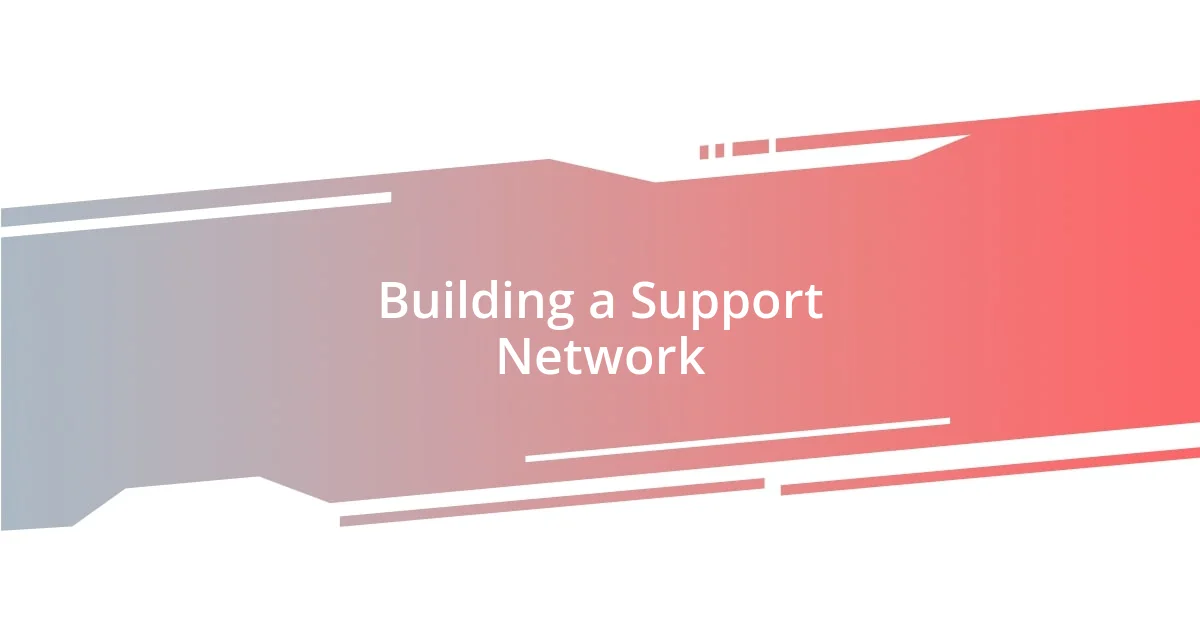
Building a Support Network
Building a support network is crucial in navigating the complexities of Type 1 diabetes. I’ll never forget the first time I attended a diabetes meetup; I walked in feeling somewhat alone, but by the end, I had exchanged stories with people who truly understood my struggles. Finding those connections seamlessly transformed my experience—it became a space where I could voice my worries and get advice from those who’ve walked the same path.
Over time, I expanded my support circle to include family and friends, and it was enlightening to witness their willingness to learn about my condition. I recall one playful evening when my close friend asked to join me in monitoring my blood sugar levels. That simple gesture not only deepened our friendship but also reinforced the idea that I didn’t have to face this journey alone. Do you have someone in your life who supports you in managing diabetes? Surrounding myself with understanding people has become pivotal in my journey, as their encouragement fosters a sense of community.
Moreover, I’ve explored online forums and social media groups dedicated to diabetes management. I remember sharing a post about a particularly challenging day and received a flood of empathetic responses that made me feel instantly less isolated. It struck me how vital it is to share our experiences, as every story—whether uplifting or tough—can foster a sense of belonging. Have you ever considered the power of an online community? Connecting with people from all over the world has opened doors to knowledge and support that I never thought possible.

